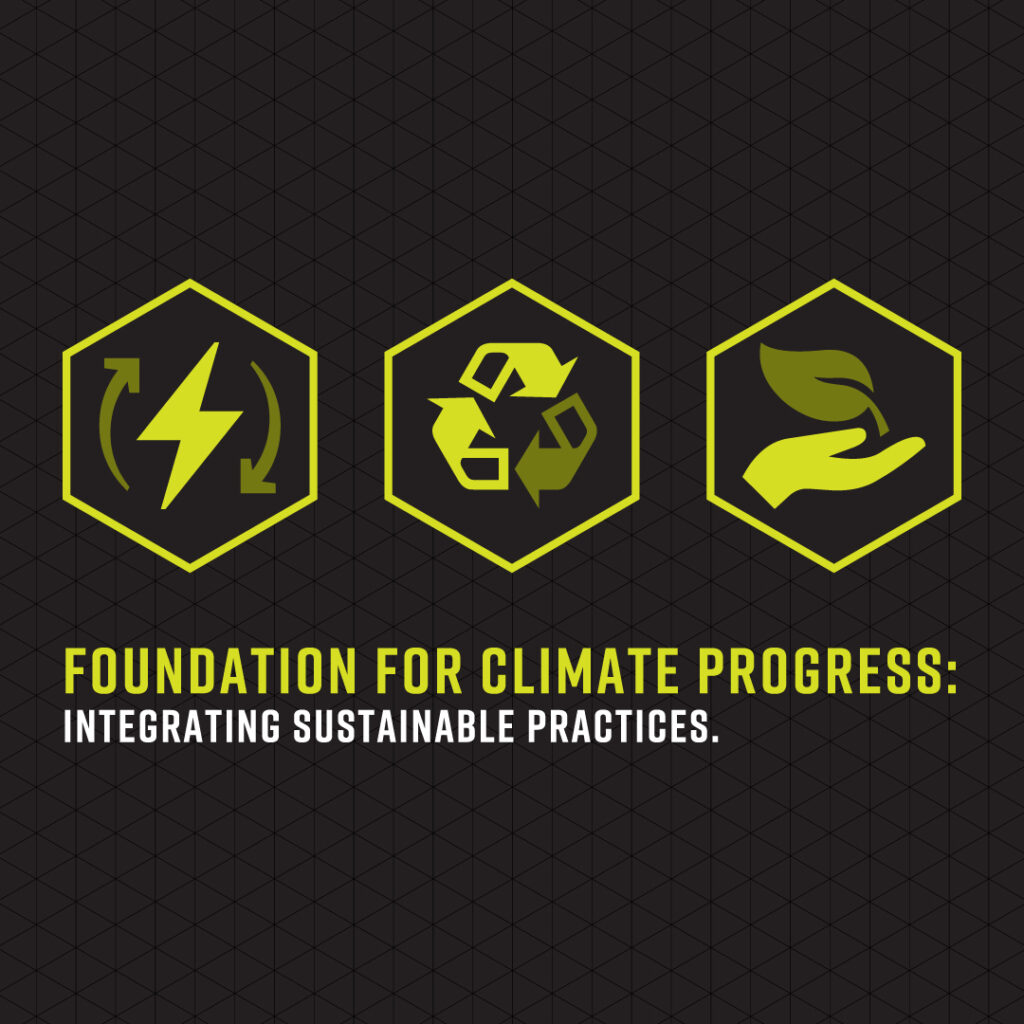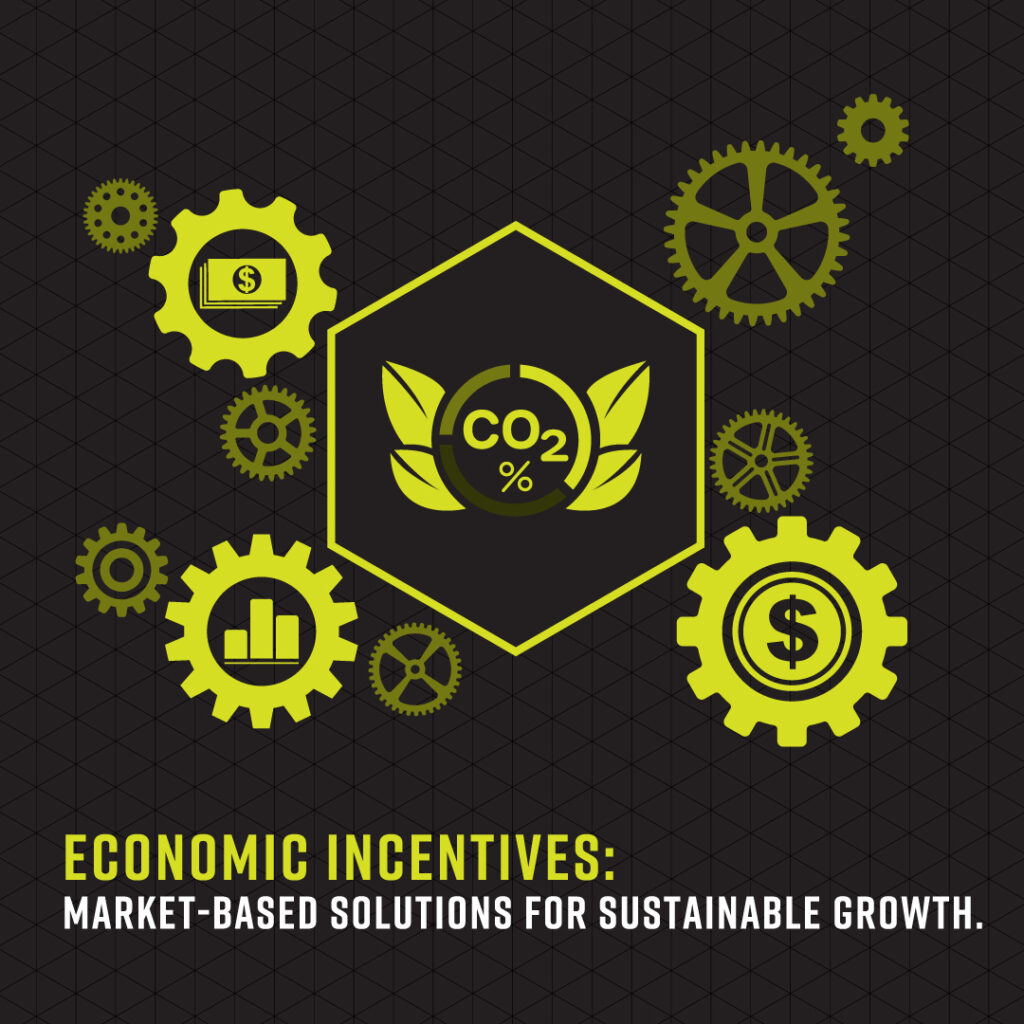Introduction
In the urgent quest to meet global climate agreements like the Paris Agreement, it’s evident that harnessing innovative solutions, particularly environmental technology, is imperative. This article navigates the intricate landscape of environmental technology’s role in climate action, emphasizing sustainable business practices, system thinking, and the critical reduction of greenhouse gas emissions.
Environmental Technology & Climate Goals
As inhabitants of Earth, the urgency to address our current environmental challenges cannot be overstated. Achieving climate goals has become paramount, especially in light of growing concerns about climate change. The global community is now focusing on innovative solutions, such as environmental technology, as a means to both mitigate environmental impact and realize ambitious climate objectives.
Environmental technology is also known as green technology, or clean technology, and encompasses a range of sustainable practices, cutting-edge innovations, and a commitment to reducing carbon footprints.
This article explores the multifaceted role of environmental technology in driving climate action, emphasizing sustainable business practices, system thinking, and the critical reduction of greenhouse gas emissions.
Sustainability: Beyond the Buzzword

Everywhere you look, today, you see the term “sustainable” emblazoned on everything from cardboard straws to electronic devices. Sustainable business practices form the foundation of environmental technology’s impact on climate goals. Organizations worldwide are embracing environmentally responsible strategies that consider the triple bottom line—balancing economic, social, and environmental factors.
From eco-friendly manufacturing processes to the adoption of renewable energy sources, businesses are recognizing the importance of aligning their operations with long-term environmental sustainability.
For example, companies like Quub are working within their sectors to improve processes and technology and mitigate existing climate and environmental issues, such as developing environmental technology to address the growing threat of human made space junk surrounding our planet.
Understanding the Landscape

Emissions Reduction and Greenhouse Gas Mitigation
Central to climate change action is the urgent need to reduce carbon footprints. Environmental technology offers a diverse array of solutions, ranging from energy-efficient technologies to carbon capture and storage. Integrating these innovations into business operations allows industries to make significant strides in minimizing their environmental impact and contributing to the collective effort to combat climate change.

Market-Based Solutions
Market-based solutions, such as carbon trading and pricing mechanisms, are gaining prominence in the quest for climate progress though they are insufficient alone. These mechanisms incentivize businesses to limit their carbon emissions by placing a financial value on carbon.
Environmental technology supports the development and implementation of these market-based solutions, creating a framework where sustainability is not only a moral imperative but also an economic one.

System Thinking and Cognitive Framework
A paradigm shift toward system thinking is fundamental to addressing the complex challenges posed by climate change. System thinking, according to Steve Brown, deputy director of collaborative learning and strategic insight at Southern New Hampshire University (SNHU) concerns, “investigating what set of factors and interactions are contributing to or could contribute to a possible outcome.”
The difference in that holistic mindset forces the consideration of every facet of an action and the impact of those on the outcome. Environmental technology encourages organizations to adopt a holistic approach, considering the interconnectedness of various components within a system.
This cognitive framework fosters innovation by identifying synergies and addressing potential trade-offs in climate action strategies.
Building Organizational Sustainability
Aligning our policies and initiatives with our goals is essential, from the supply chain to the measurement of performance.
Environmental Policies and Initiatives
Organizational sustainability is a key driver of climate goals. By implementing robust environmental policies and initiatives, businesses can align their operations with broader climate objectives. Environmental technology provides the tools and methodologies necessary for organizations to measure, report, and improve their sustainability performance.
Supply Chain Policies and Sustainability Impact
The impact of supply chains on the environment is substantial, making supply chain sustainability a critical focus area. Environmental technology enables businesses to implement sustainable supply chain policies, ranging from responsible sourcing of raw materials to efficient logistics and waste reduction.
By addressing the environmental impact across the entire supply chain, organizations contribute significantly to overall climate progress.
Fostering Climate Progress Through Innovation
Innovation is not enough, alone, to make the changes necessary to meet our goals. We must also change the basics of our thinking to a systemic mindset, and integrate public and private sector approaches, including clean technology development.
Education and System Thinking Training
To fully harness the potential of environmental technology, fostering a culture of innovation is essential. Bridging the gap between “STEM” and “STEAM,” is crucial, applying artistic and innovative thinking to foster climate progress.
Education and system thinking training empower individuals within organizations to identify opportunities for sustainable practices and drive positive change. By equipping employees with the knowledge and skills necessary to understand the broader environmental context, businesses can create a workforce that actively contributes to climate goals.
Public-Private Collaboration for Environmental Progress
Achieving climate goals requires collaboration between the public and private sectors. Governments, non-profit organizations, and businesses must work together to create an environment conducive to sustainable practices.
Environmental technology serves as a bridge between these entities, facilitating collaborative efforts that leverage resources, expertise, and innovation to address the challenges of climate change on a global scale.
Holistic Approaches Embracing Sustainability

Environmental Technology Impact Spectrum
As the world grapples with the urgent need to address climate change, environmental technology emerges as a powerful ally in achieving climate goals. From sustainable business practices and emissions reduction to market-based solutions and system thinking, the multifaceted contributions of environmental technology are transforming the landscape of climate action.
By embracing innovation, adopting sustainable policies, and fostering a collective commitment to environmental stewardship, businesses, and organizations can play a pivotal role in shaping a sustainable future for generations to come.
In a world where environmental issues are at the forefront of global consciousness, investing in companies like Quub that are actively addressing the challenges in their industries is not just a financial decision; it’s a statement of commitment to a brighter future. Quub’s sustainable space solutions, with its green re-entry materials and eco-safe space debris mitigation, showcase a model that not only protects our environment but also cleverly applies environmental technologies in the pursuit of reaching our shared climate goals.
Learn more about investing in Quub and its mission.

